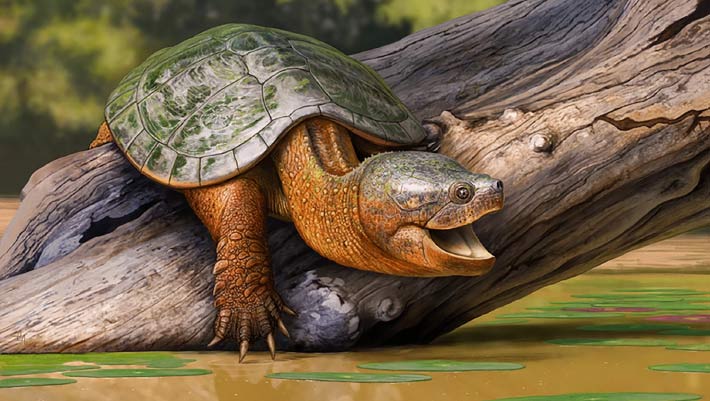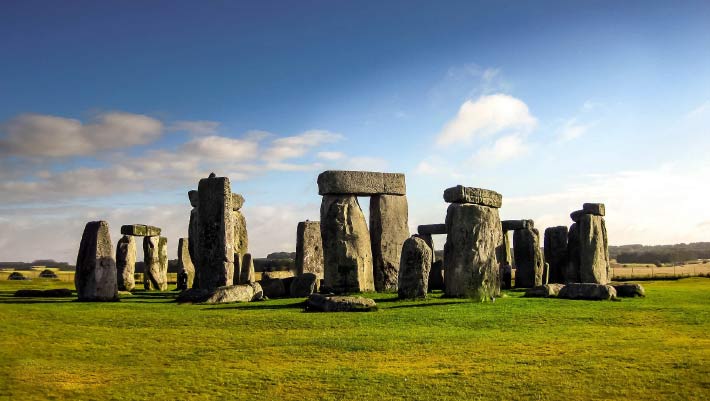Now Reading: New Freshwater Turtle Species Linked to Dinosaur Era Discovered
-
01
New Freshwater Turtle Species Linked to Dinosaur Era Discovered
New Freshwater Turtle Species Linked to Dinosaur Era Discovered

Quick Summary
- Paleontologists described a new turtle genus and species, Tavachelydra stevensoni, using fossilized shells found in teh Denver Formation, Colorado.
- The fossils date back to the Early Paleocene (66-65 million years ago), following the end-Cretaceous mass extinction.
- Belonging to Chelydridae, Tavachelydra stevensoni is one of two early Paleocene chelydrid turtles discovered in Corral Bluffs-the other being Denverus middletoni.
– Tavachelydra stevensoni had a larger size wiht a carapace length of nearly 50 cm and notable anatomical differences from the smaller Denverus middletoni, reducing competition between them.
– Fossil evidence suggests differing ecological niches: T. stevensoni lived in ponded water environments and had a durophageous diet (consuming hard-shelled organisms).
- Researchers noted that durophagy contributed to survival across the end-cretaceous mass extinction for certain reptiles, including freshwater vertebrates like turtles and crocodylians.
Indian Opinion Analysis
The findings highlight an crucial evolutionary trait-durophagy-that aided species survival after mass extinctions.This discovery contributes valuable insight into post-extinction niche differentiation among freshwater vertebrates. While India wasn’t directly connected to this ecosystem or species group during that period, similar adaptive mechanisms likely influenced ancient Indian wildlife’s survival and diversification.This study reiterates global patterns in resilience during periods of ecological upheaval-a principle still relevant as our planet faces ongoing environmental changes.

























